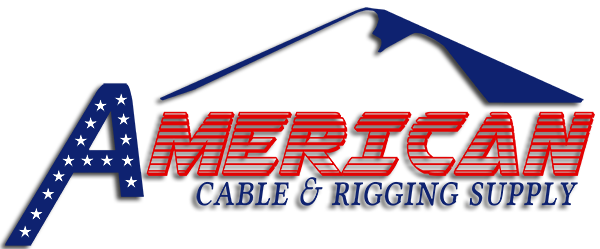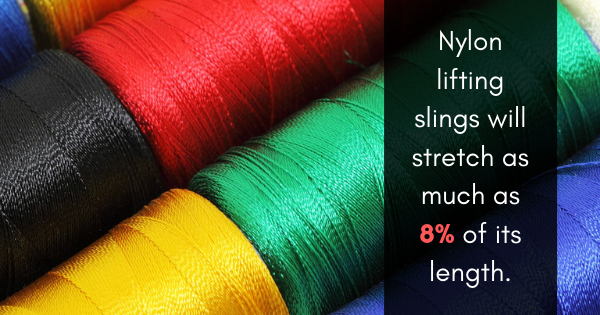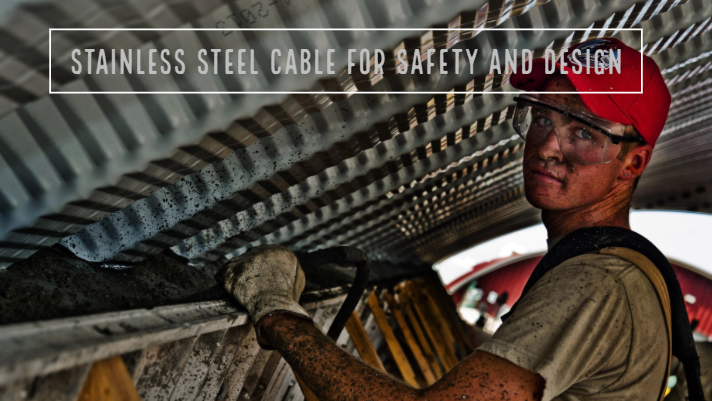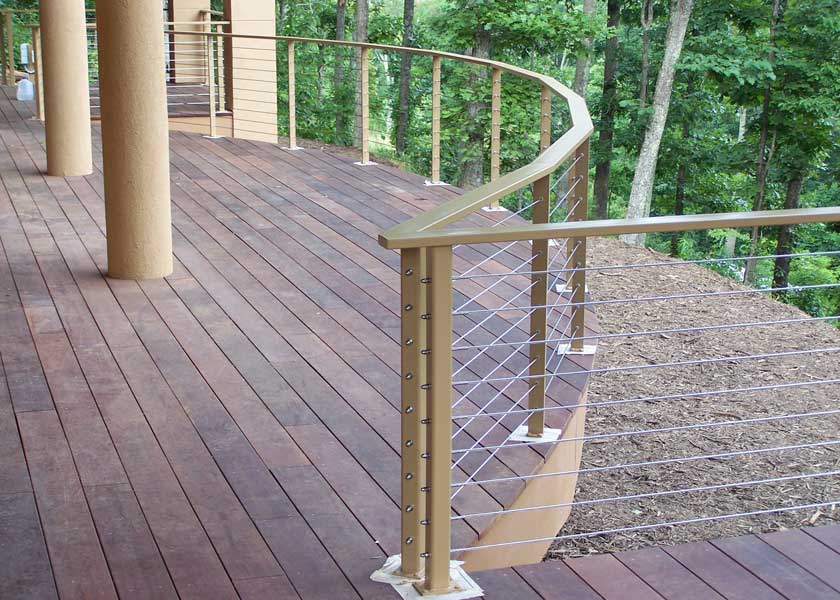
How To Improve Your Home – Inside And Out – With Railings Stainless Steel Cable
If you’re looking to upgrade your home or office but can’t seem to find that finishing touch? Want to make an improvement but don’t want to get tied down with a full renovation? Improve the view inside and out of your home with railings stainless steel cable. How will cable railing supplies add the fresh new look you’re searching for you ask? Stainless steel cable railing offers a modern, stylish appearance, a big improvement in the view of your outdoor space, as well as an eco-friendly option that will surely bring the wow factor!
Upgrade your staircase railings with a sleek new design
This simple and smooth transition from a normal boring staircase to railings stainless steel cable will make a lasting impression; taking your staircase from underwhelming to unbelievable with this sleek and modern appeal. Plus, railings stainless steel cable stairs are more durable, especially with a stainless steel frame. What does this mean for you? This cable hardware is rust resistant and has long-lasting durability characteristics.
Invest in your outdoor space
Homeowners today are commonly investing in their outdoor spaces. After all, nothing says summer like spending an afternoon hanging out on the deck with friends and family. Railings stainless steel cable is another great way to ensure your views aren’t blocked…by your own guardrail. These railing materials are the epitome of security, and, in order to comply with OSHA standards, guardrails must be a height of 42 inches, plus or minus three inches, which is easily done with railings stainless steel cables.
Don’t like the stainless steel frame with the stainless steel cable design? Just warm up the look with a wooden frame! And did we mention these stainless steel cables don’t rust? Talk about the weather-resistant material for outdoor deck.
Invest in a sustainable, eco-friendly style
How are railings stainless steel cable eco-friendly? Great question. Cable railing hardware made from stainless steel, which is not only one of the most recycled materials in the world and one of the easiest to convert. The Steel Recycling Institute states that one ton of recycled steel saves 120 pounds of limestone, 1,400 pounds of coal, and 2,500 pounds of iron ore. Plus, you won’t need stringent chemicals for regular maintenance for your guardrail. No high maintenance upkeep here to it looking presentable. Railings stainless steel cable is a fabulous low maintenance option.
Sleek, impressive, eco-friendly, railings stainless steel cable is a no-brainer if you’re looking for a stunning upgrade to your home – inside or out!










Recent Comments